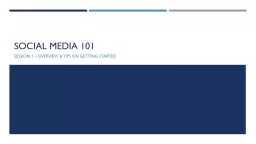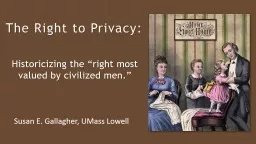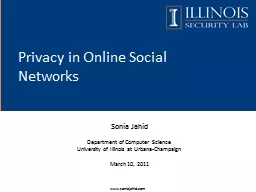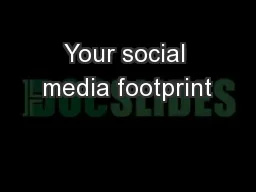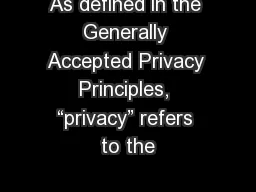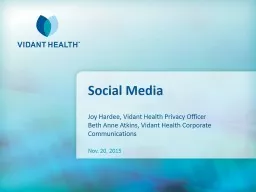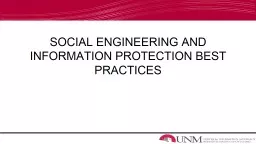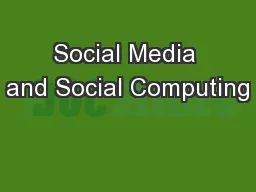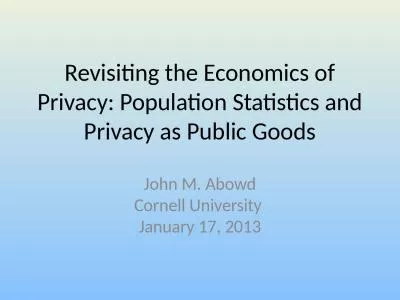PPT-Social media Safety Privacy, employee guidelines, and best practices
Author : keywordsgucci | Published Date : 2020-06-19
Who am I What will be covered General Tips for Protecting Yourself Online Employee Guidelines Copyright Laws Tips for Managing Work Accounts Live Demonstrations
Presentation Embed Code
Download Presentation
Download Presentation The PPT/PDF document "Social media Safety Privacy, employee gu..." is the property of its rightful owner. Permission is granted to download and print the materials on this website for personal, non-commercial use only, and to display it on your personal computer provided you do not modify the materials and that you retain all copyright notices contained in the materials. By downloading content from our website, you accept the terms of this agreement.
Social media Safety Privacy, employee guidelines, and best practices: Transcript
Download Rules Of Document
"Social media Safety Privacy, employee guidelines, and best practices"The content belongs to its owner. You may download and print it for personal use, without modification, and keep all copyright notices. By downloading, you agree to these terms.
Related Documents

